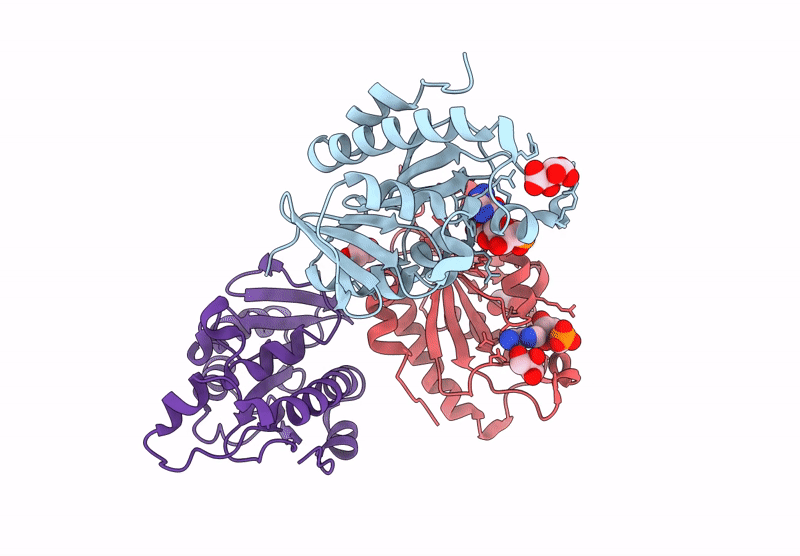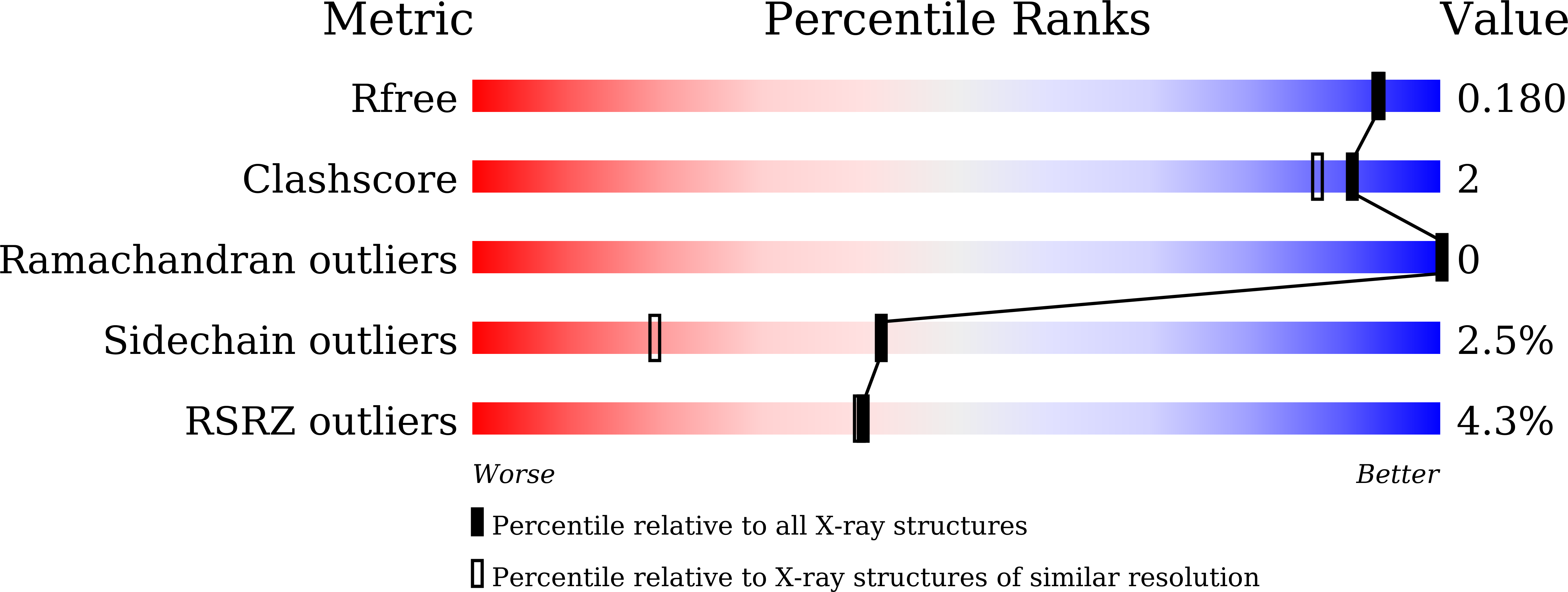
Deposition Date
2023-11-19
Release Date
2024-11-20
Last Version Date
2025-06-04
Entry Detail
PDB ID:
8X5T
Keywords:
Title:
Crystal structure of Thermus thermophilus peptidyl-tRNA hydrolase in complex with adenosine 5'-monophosphate
Biological Source:
Source Organism:
Thermus thermophilus HB8 (Taxon ID: 300852)
Host Organism:
Method Details:
Experimental Method:
Resolution:
1.60 Å
R-Value Free:
0.16
R-Value Work:
0.14
R-Value Observed:
0.14
Space Group:
P 61 2 2


